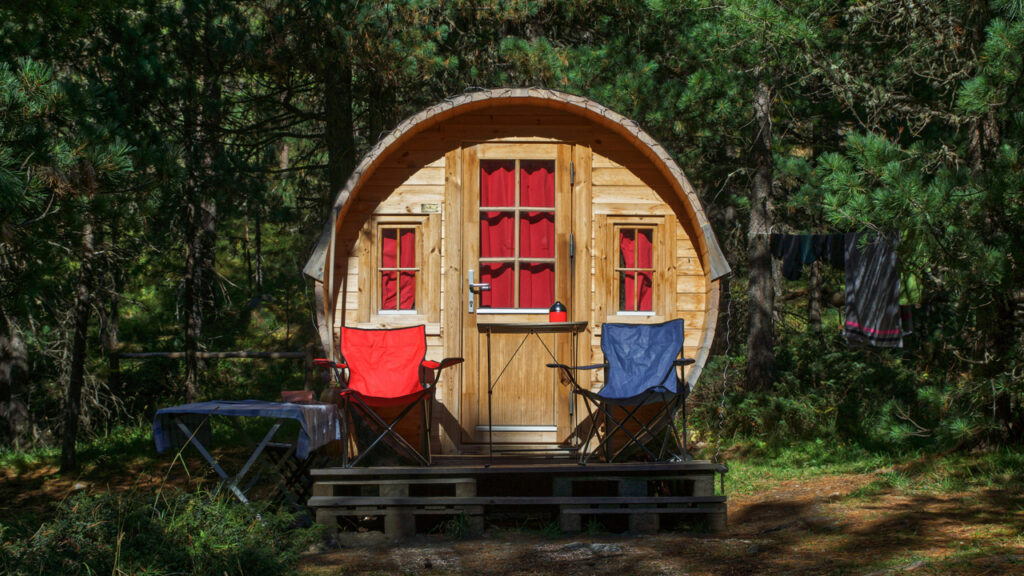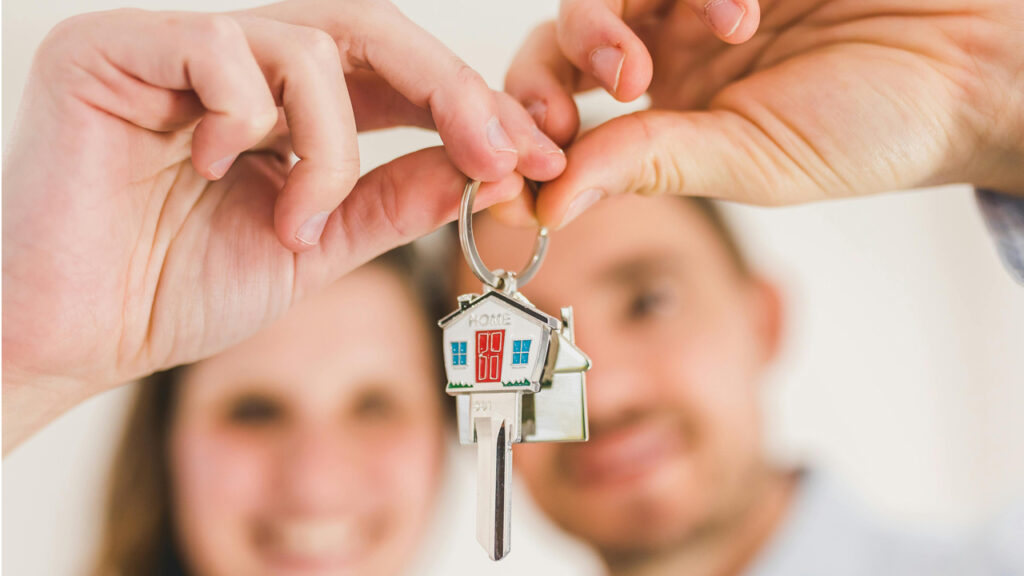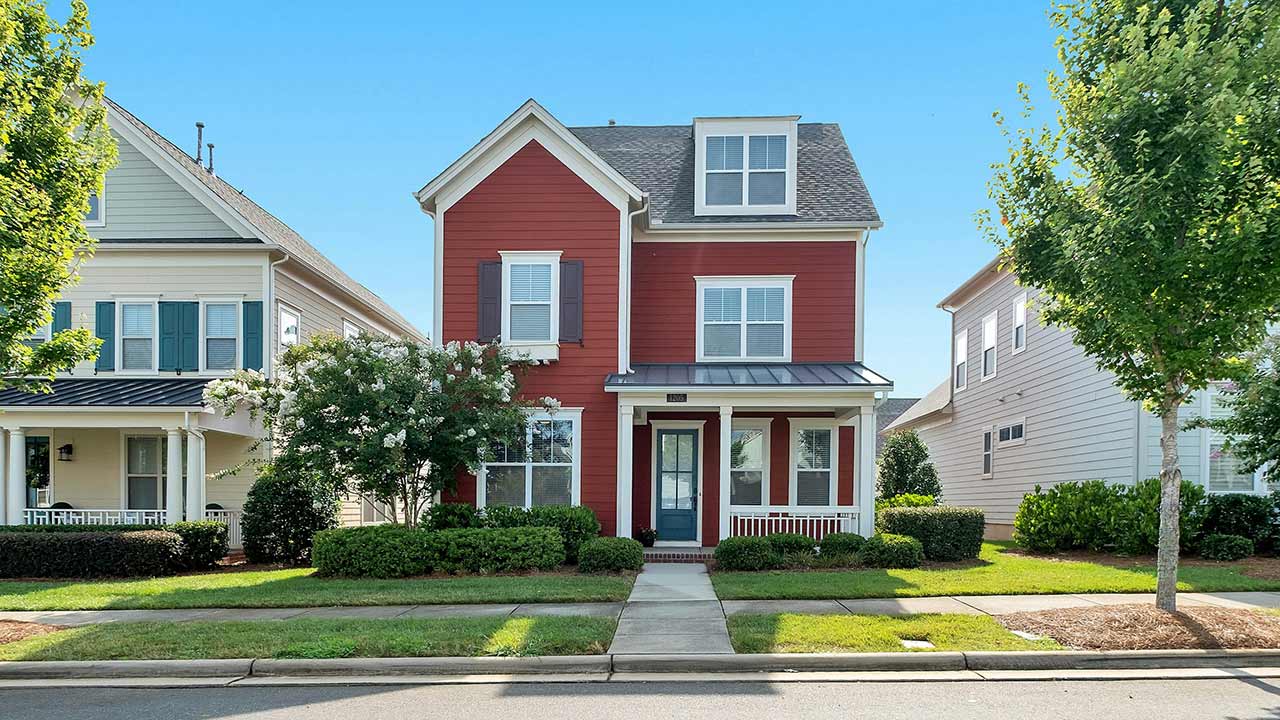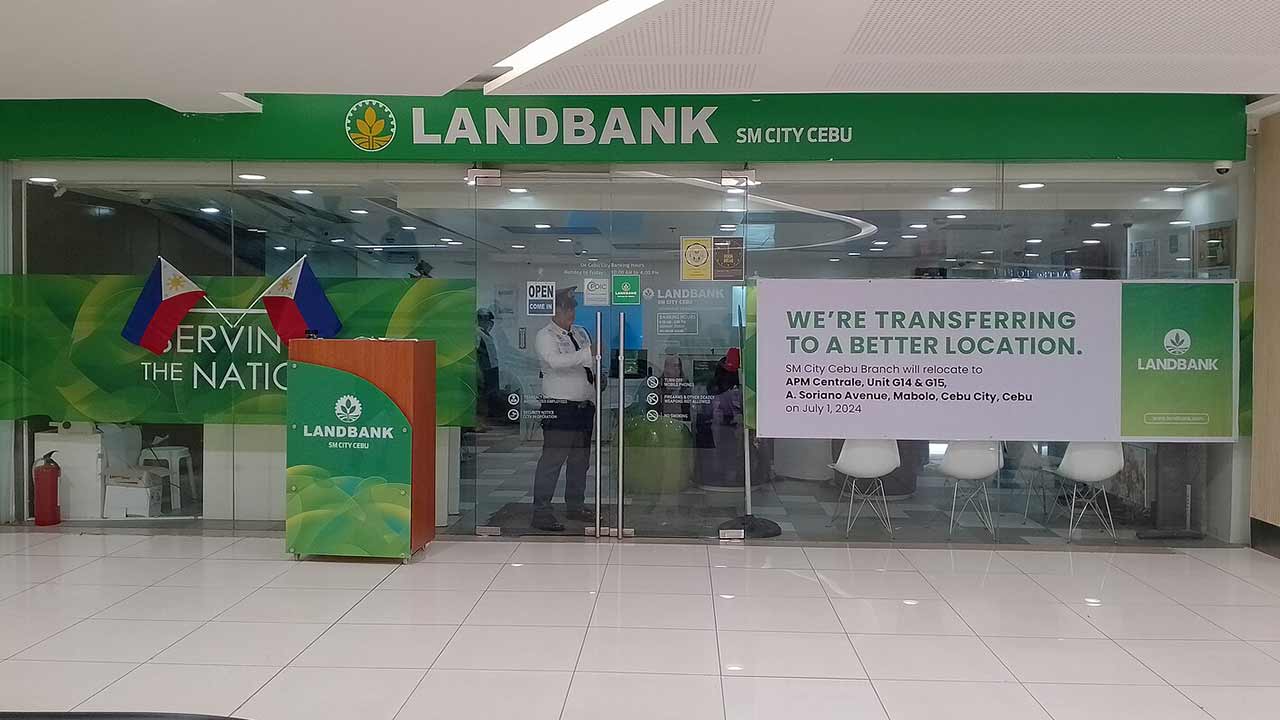As housing prices continue to rise, young people are increasingly turning to alternative living arrangements, and one of the most notable trends is pod living. A pod is a small, personal space within a larger shared living environment, offering a more affordable and flexible alternative to traditional housing. Let’s explore how pod living is shaping the housing landscape and why it’s gaining traction.
What Is Pod Living?

Pod living involves renting a small, individual unit, or “pod,” within a communal space. These pods are compact—often no bigger than a bunk bed—and are designed to maximize efficiency while providing the essentials. Unlike traditional apartments, which offer full privacy, pod living focuses on shared facilities like kitchens and bathrooms, with each person having their own bed or pod.
- Compact and Functional: Pods are designed to fit basic needs into small spaces.
- Shared Resources: Common areas such as bathrooms and kitchens are shared by residents.
- Affordable Rent: Pod rentals are much cheaper than traditional apartments, making them appealing to young people and mobile workers.
In essence, pod living isn’t about owning a tiny house but renting a small, efficient space within a larger shared home.
Why Pod Living Is Gaining Popularity

Several factors are driving the popularity of pod living, particularly among young people. As traditional housing becomes increasingly expensive and less accessible, pods offer a flexible, affordable solution.
- Affordability: With rental prices soaring, many young people are turning to pod living as a cheaper alternative. Pods cost significantly less than traditional apartments, especially in high-cost cities like Los Angeles, where options range from $35 to $50 a night. (Source: NPR)
- Simplicity and Mobility: Pod living appeals to those seeking a simpler lifestyle with fewer possessions. Residents often highlight the freedom that comes with minimalism and not owning many items. (Source: Los Angeles Times)
- Flexibility: Pod living offers greater flexibility for digital nomads, students, and people with mobile lifestyles. Residents can rent their space for short stays or long-term, offering a convenient option for those who don’t want to commit to a traditional lease. (Source: Moving.com)
How Podshare Is Changing the Housing Game

Podshare, founded in 2012, is one of the most prominent platforms offering pod living. With locations across Los Angeles, Podshare has become a hub for wage earners, travelers, and mobile workers who need an affordable place to stay.
- Affordable Housing: Podshare offers beds in shared spaces, making it a cost-effective alternative for those priced out of traditional housing markets. (Source: Podshare)
- Expanding Network: With multiple locations in Los Angeles, Podshare is meeting the needs of a growing number of young people seeking affordable and flexible living spaces. (Source: Curbed)
- Supporting the Gig Economy: Podshare’s model works well for those in the gig or travel economy, who value flexibility over ownership. (Source: Medium)
The Broader Economic Shift: The Experience Economy

Pod living is part of a broader cultural shift toward an “experience economy,” where people prioritize experiences over material goods. This shift aligns with the tiny house movement and the growing desire for more flexible, less cluttered lifestyles. Professor Jill Pable of Florida State University explains that co-living spaces like pods fit perfectly with this mindset: “Co-living fits very hand in glove with the sense that we are now moving into an experience economy rather than a possessions economy.” (Source: NPR)
For many young people, pod living isn’t just a financial decision; it’s also a lifestyle choice that reflects their values of mobility, simplicity, and experiences over ownership. This lifestyle shift mirrors broader economic trends, including the rise of flexible work, subscription-based services, and minimalism movements that favor access over accumulation. (Source: Harvard Business Review)
As urban housing remains out of reach for many, pod living offers a creative solution that resonates with a generation seeking affordability, freedom, and community. Whether driven by necessity, values, or both, the growing popularity of pod living is a clear signal: the future of housing might look a lot different than the past.

Alexander Clark is a financial writer with a knack for breaking down complex market trends and economic shifts. As a contributor to The Daily Overview, he offers readers clear, insightful analysis on everything from market movements to personal finance strategies. With a keen eye for detail and a passion for keeping up with the fast-paced world of finance, Alexander strives to make financial news accessible and engaging for everyone.


